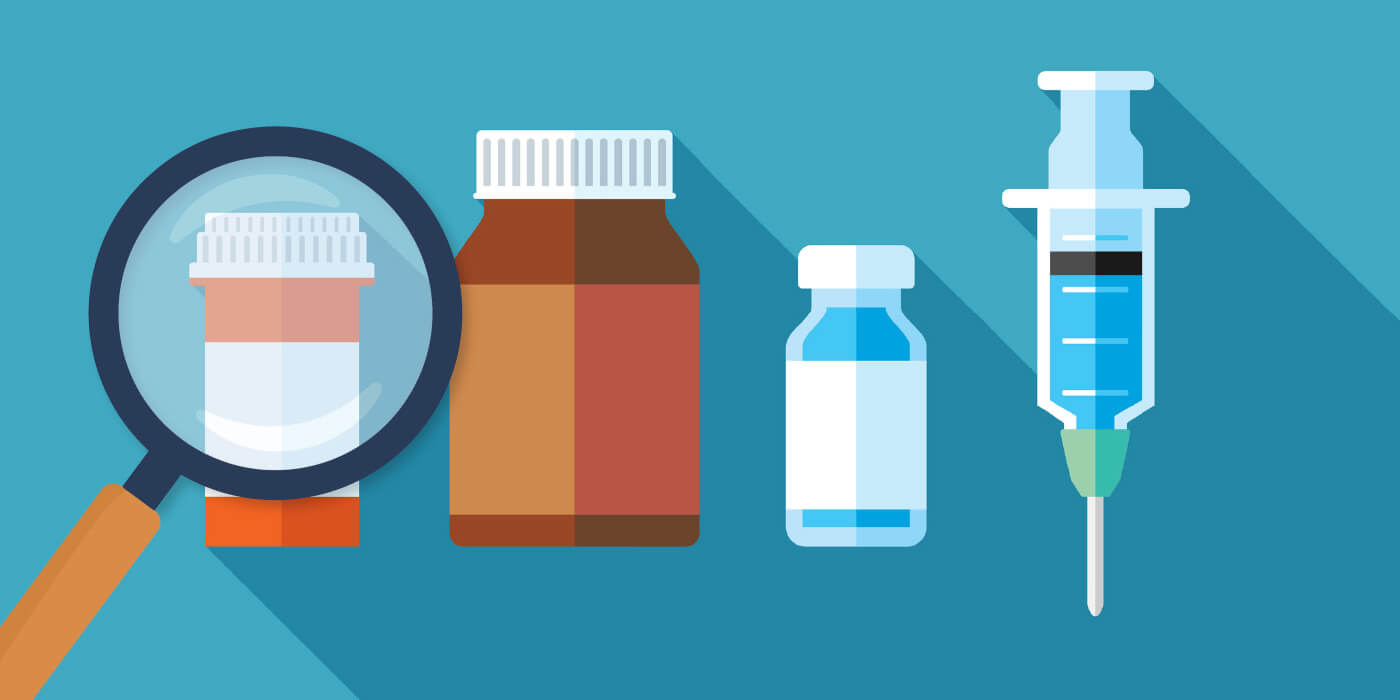For professionals working in drug safety or regulatory affairs, pharmacovigilance isn’t just a box to check, it’s a critical part of protecting patients and maintaining trust. However, even the biggest names in pharma have stumbled when it comes to compliance. And when they do, the consequences can be steep: fines, damaged reputations and regulatory scrutiny.
Resolver’s comprehensive adverse event detection and compliance services pairs automated risk detection across the surface, deep and dark web with human oversight and analysis from a dedicated team of experts to ensure our partners are always the first to know, and the first to act.
In this blog, we’re diving into real-world case studies of pharmacovigilance non-compliance. We will unpack what went wrong, what regulators found, and what lessons we can all learn from these case studies.
Three case studies in non-compliance
Case Study 1: Roche and the Missing Adverse Events
What Happened: In 2012, Roche was investigated from the European Medicines Agency (EMA) for failing to properly report over 80,000 adverse event reports, including 15,161 deaths possibly associated with 19 of its drugs. This analysis was collected through a patient support program but never made it into the company’s pharmacovigilance system.
Why It Mattered: The EMA launched an infringement procedure under Regulation (EC) No 658/2007. This enforcement action was the first of its kind. While Roche ultimately avoided a fine by cooperating and correcting the issue, the case sent a clear message: if you collect safety data, you’re responsible for reporting it.
Resolver Takeaway: Even indirect sources of safety data like patient support programs must be integrated into your pharmacovigilance system. If it looks like an adverse event and sounds like an adverse event, regulators expect you to treat it like one.
Case Study 2: GSK’s $3 Billion Wake-Up Call
What Happened: In 2012, GlaxoSmithKline (GSK) agreed to pay $3 billion to settle criminal and civil charges in the U.S. The case included multiple violations, but a major component was failure to report safety data related to the antidepressant Paxil and the diabetes drug Avandia.
Why It Mattered: GSK was accused of withholding data that showed increased cardiovascular risks with Avandia. The FDA requires that serious and unexpected adverse events be reported within 15 calendar days under 21 CFR Part 314.
Resolver Takeaway: Transparency isn’t optional. If your safety data suggests a risk, even if it’s still being evaluated, it needs to be reported. Regulators would rather see a false alarm than a missed signal.
Case Study 3: Abbott: Off-Label Promotion Risks
What Happened: Similarly, in 2012, Abbott Laboratories paid $1.5 billion to resolve allegations that it illegally promoted Depakote for off-label uses and failed to report adverse events tied to those uses.
Why It Mattered: The case highlighted how off-label promotion and pharmacovigilance are linked. If a drug is being used in ways not approved by regulators, and adverse events occur, those events still need to be tracked and reported.
Resolver Takeaway: Pharmacovigilance doesn’t stop at the label. If your drug is being used off-label, and you know it, you’re still responsible for monitoring and reporting safety issues.
What are regulators looking for?
Both the FDA and EMA have made it clear: they expect companies to have robust, proactive pharmacovigilance systems. A joint study by the two agencies found that the most common inspection deficiencies include:
|
Compliance protocol issues |
|
|
Documentation gaps |
|
|
Failure to protect human subjects |
|
|
Inadequate handling of drug study conditions |
These findings were consistent across 49 joint inspections, showing that regulators on both sides of the Atlantic are aligned in what they expect from sponsors and CROs.
What are the consequences of non-compliance?
When pharmacovigilance systems fail, the consequences can include:
| FDA Form 483s: These are issued after inspections when investigators observe conditions that may violate FDA regulations. | |
| Warning Letters: These are public and can damage your reputation with investors, partners, and patients. | |
| Civil and Criminal Penalties: As seen in the GSK and Abbott cases, fines can reach into the billions. | |
| Suspension or Revocation of Marketing Authorization: In both the US and the EU, a product’s approval can be revoked by regulators if safety reporting obligations aren’t met. |
What are the best practices for ensuring compliance?
Here’s what we’ve learned from these cases and what we help our clients do every day:
- Integrate All Data Sources: Whether it’s a call center, a patient app, or a social media post, if it contains safety information, it needs to be captured and assessed.
- Document Everything: If it’s not documented, it didn’t happen. Regulators want to see clear, traceable records of how you handle adverse events—from intake to reporting.
- Train Your Teams: Everyone involved in the drug safety process, from call center reps to clinical monitors need to understand what constitutes an adverse event and how to report it.
- Be Audit-Ready Have a plan: Know where your data lives. Be able to show your process. And if you’re outsourcing pharmacovigilance, make sure your partner is just as prepared.
Evolve your pharmacovigilance strategy with Resolver
Pharmacovigilance isn’t just about compliance and avoiding fines, it’s about protecting people. These case studies show what can happen when systems break down, but they also offer a roadmap for learning and improving your pharmacovigilance and compliance systems.
If you’re looking to strengthen your safety monitoring through social media monitoring and AE reporting, we’re here to help. Because in this business, what you don’t know can hurt you and your patients.
